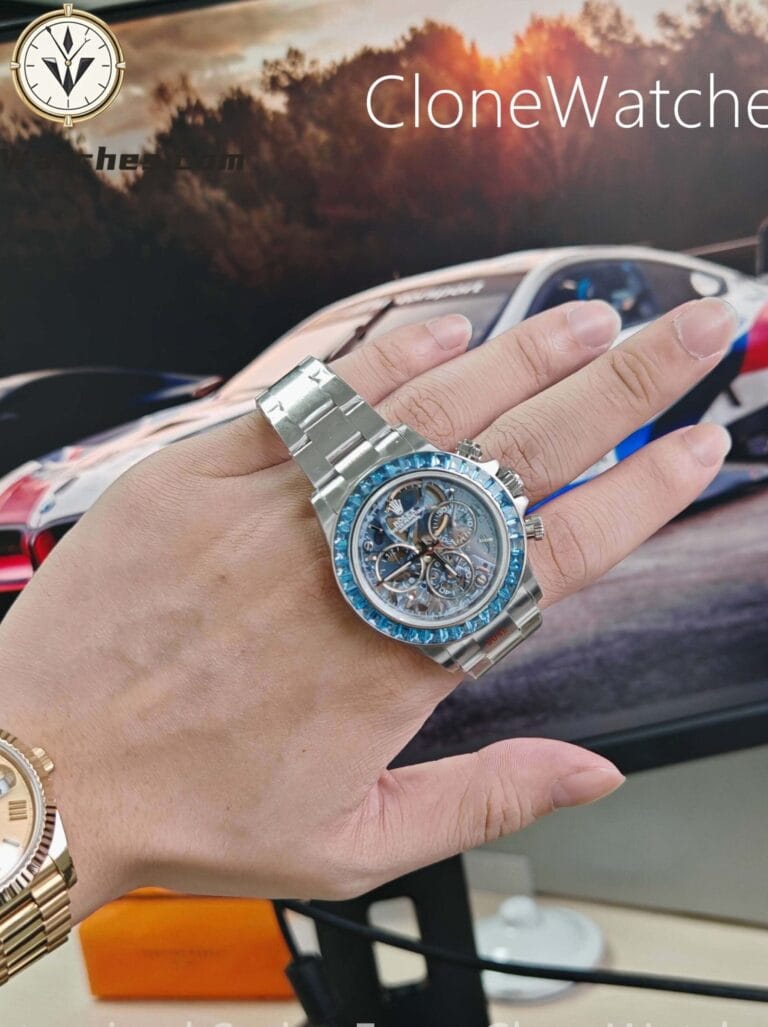I’ve spent more than a decade working as a residential roofing contractor in murfreesboro, and most of what I know didn’t come from manuals or sales training. It came from hot afternoons on steep pitches, early-morning leak calls after overnight storms, and uncomfortable conversations with homeowners who’d already paid someone else and were still dealing with problems. Roofing here has a way of teaching you fast, especially if you plan to stay in business and put your name behind your work.
I got licensed early on and learned the technical side quickly, but Murfreesboro roofs have their own habits. The mix of heat, humidity, and sudden heavy rain exposes weak installs faster than people expect. I remember a house I inspected a few summers back where the homeowner was sure the shingles were defective. From the ground, the roof looked fine. Once I was up there, I could see the real issue: the attic ventilation had never been balanced. The shingles weren’t failing on their own — they were being cooked from underneath. That roof didn’t need a full replacement yet, but it did need corrective work that the original installer never addressed.
One mistake I see over and over is homeowners focusing only on the visible parts of the roof. Shingles matter, but the parts you don’t see usually decide how long the system holds up. Flashing details, how valleys are tied in, whether drip edge is actually doing its job — those are the spots where shortcuts show up. I’ve torn off roofs that were less than ten years old and found reused flashing and rushed underlayment work. The homeowner thought they’d gotten a deal. In reality, they were paying twice.
Storm situations tend to bring out the worst advice. After a rough spring storm a while back, I was called to a home with water staining near a hallway light fixture. Another contractor had already told them the entire roof was shot. Once we traced the leak, it turned out to be a small failure around a vent pipe that had shifted slightly. The repair wasn’t cheap, but it was nowhere near the cost of a replacement. I’m comfortable telling people not to replace a roof if it doesn’t make sense, even if that means less work for me in the short term.
Murfreesboro neighborhoods also vary more than people realize. Older homes often have decking that’s been through multiple roof cycles, and you can feel the difference the moment you step onto it. Newer homes may look solid but hide rushed construction choices that affect airflow and moisture control. I’ve learned to slow down inspections in those cases, because a fast estimate usually means something important got missed.
If you’re trying to decide who to trust with your roof, pay attention to how a contractor talks about problems. I recommend roofers who explain what they’re seeing without leaning on pressure or scare tactics. I advise against anyone who gives a firm price without getting on the roof or who promises speed above all else. Roofing isn’t supposed to be dramatic — it’s supposed to be quiet and boring once it’s done.
After years of working on homes all across Murfreesboro, I’ve learned that good roofing doesn’t announce itself. You notice it years later, when the attic stays dry, the shingles age evenly, and you’re not calling anyone back after the next big storm. That’s the standard I still work toward on every job.

